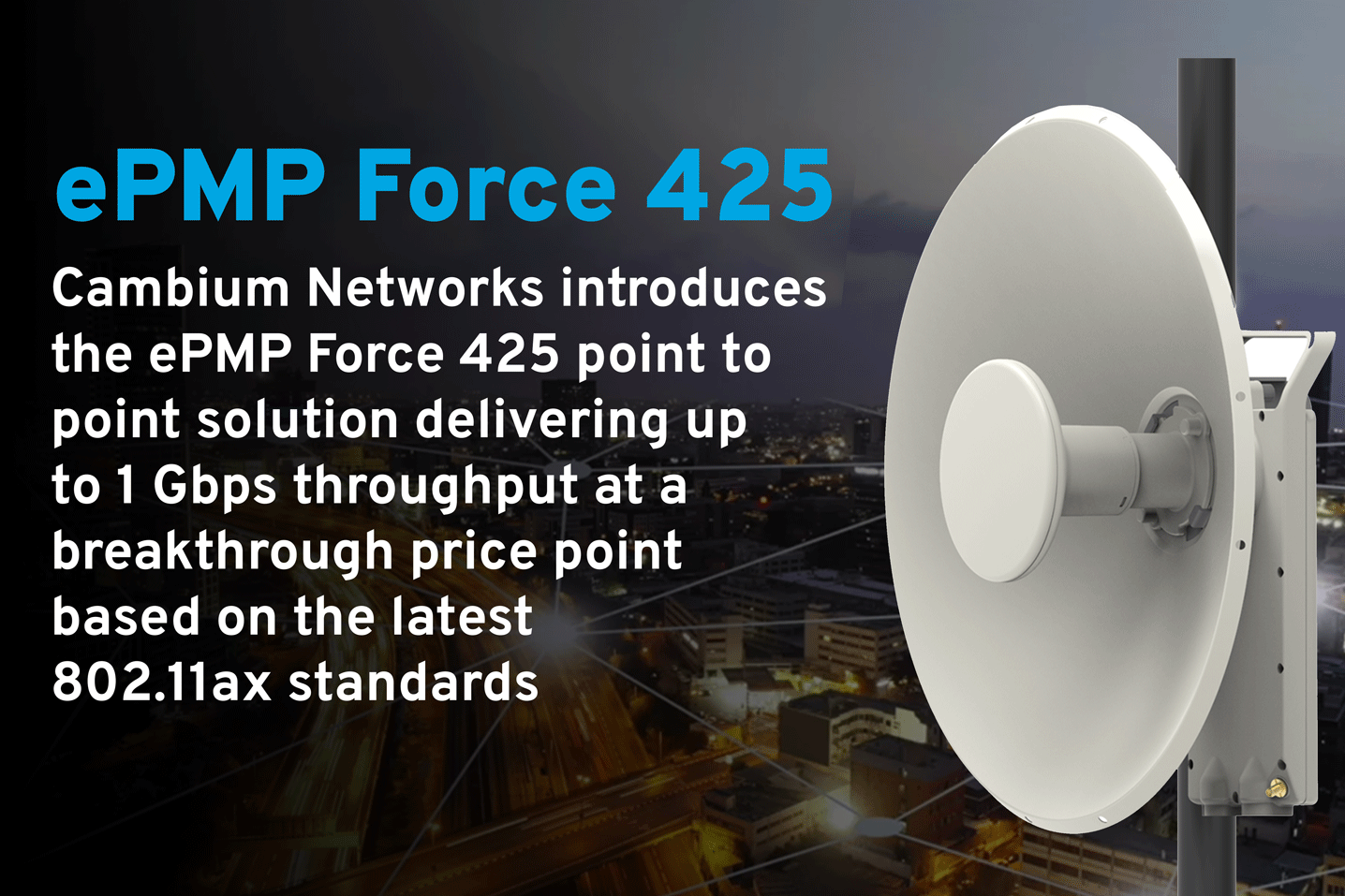
The growing demand for connectivity has been driven by the increasing use of IoT devices; the connected smart devices that communicate seamlessly over the internet. These devices are transforming how we live and work, and their dependence on strong connectivity is driving the demand for better and more reliable connectivity solutions. To meet these growing demands, companies must choose from a variety of connectivity options with different bandwidth, range, cost, reliability, and network-management features.
Aligning network systems with the growing demands for connectivity, therefore, must involve a strategic approach that encompasses various technological, operational, and scalability considerations. This is crucial to ensure seamless and efficient communication.
Here are some ways to match your network systems with increasing connectivity demands:
- Investing in High-Performance Networking Equipment
- Deploying Scalable Infrastructure
- Incorporating Network Monitoring and Analytics
- Adopting Converged Network Infrastructure
- Building Supplier and Vendor Partnerships
Investing in High-Performance Networking Equipment
High-performance networking equipment refers to hardware components designed to deliver superior data transmission speeds, low latency, and efficient network management. These devices are essential for organizations that require fast and reliable connectivity to accommodate the growing demands of modern applications, data-intensive tasks, and increasing numbers of connected devices.
Some examples of high-performance networking equipment would be:
- Multi-Gigabit Switches, WiFi 6 Access Points and Cabling.
- Unified Threat Management (UTM) Appliances and Next-Generation Firewalls
Deploying Scalable Infrastructure
Deploying scalable network infrastructure involves building a foundation that can accommodate growing demands for connectivity, data transfer, and user requirements. A strategic approach would be capacity planning for high-speed connectivity by assessing your network’s current and future needs, estimating the required bandwidth, and ensuring that your infrastructure can support the demands of high-speed data transmission.
Consider some examples of scalable infrastructure:
- A 25G/40G/100G/400G Fiber Optic network that can easily accommodate increased demand for data transmission, higher bandwidth requirements, and expanding connectivity needs. Fiber optics provide the capacity for rapid and reliable data transfer, making them an excellent choice for scalable network growth.
- Implementing Software-Defined Networking (SDN) to dynamically allocate and manage network resources, allowing you to scale and optimize your network without manual configuration changes. SDN has gained significant attention and adoption, particularly in large-scale networks, data centers and cloud computing environments. It offers the potential to transform how networks are designed, deployed, and managed, leading to increased agility, scalability, and cost savings.
Incorporating Network Monitoring and Analytics
Network monitoring and analytics are essential components of modern network management, providing insights into network performance, security, and user behavior.
Network monitoring involves the continuous surveillance of network components, devices, and traffic to detect and respond to anomalies, performance issues, and security threats. It helps ensure that your network operates smoothly and efficiently.
Network analytics involves the collection, processing, and analysis of data generated by the network to derive actionable insights. It goes beyond real-time monitoring and helps you make data-driven decisions to optimize your network’s performance.
By combining network monitoring and analytics, you can proactively address issues, optimize performance, and make informed decisions to ensure your network’s reliability, security, and scalability.
Adopting Converged Network Infrastructure
A converged network infrastructure would be an ideal solution for an integrated approach to organizations looking to streamline their network operations by combining multiple types of traffic, such as data, voice, and video, onto a single, unified network. This convergence eliminates the need for separate networks for different types of communication and optimizes resource utilization
Converged network infrastructure offers various benefits such as:
- Reduced complexity – Managing a single, unified network is simpler than managing multiple separate networks, reducing the complexity of network operations.
- Improved efficiency – A converged infrastructure can lead to improved network efficiency, as resources are used more effectively by allowing different types of traffic to share network resources and thus, redundancies are minimized.
- Enhanced scalability – Converged networks are designed to scale easily as the organization’s communication needs grow, accommodating new devices, users, and applications without major overhauls.
Building Supplier and Vendor Partnerships
Building strong supplier and vendor partnerships is crucial when procuring network equipment. These partnerships can lead to more favorable terms, reliable support, and access to cutting-edge technology.
With Optace Networks, you are perfectly plugged to match your network systems and infrastructure with growing demands for connectivity. We are not just transactional; we are about establishing a collaborative relationship with you, becoming a valuable extension of your team, and supporting your network infrastructure's growth and success.
Latest Articles
Tue Dec 09 2025
Why MikroTik Should Be in Your 2026 Network PlanMon Oct 13 2025
Netgate pfSense+ Security Gateways: The Security Gateway Built for the Demands of Modern EducationWed Sep 03 2025
hello worldRelated Articles
.jpg)
ePMP 3000 - 5X Performance with Gen3 Technology
-(1).png)
Africa Tech Festival Displays Strides in Connectivity and Telecommunications Infrastructure across Africa

Cambium Networks ePMP Force 425 - The Industry’s First Point-to-Point Solution Based on 802.11ax

The Power of OFDMA in Wireless Broadband
In this article, we delve into the principles of OFDMA, the defining principle of the 802.11ax standard, its applications, and its impact on wireless broadband.

© 2025 PoweredbyOptace Networks Limited. All Rights Reserved.
